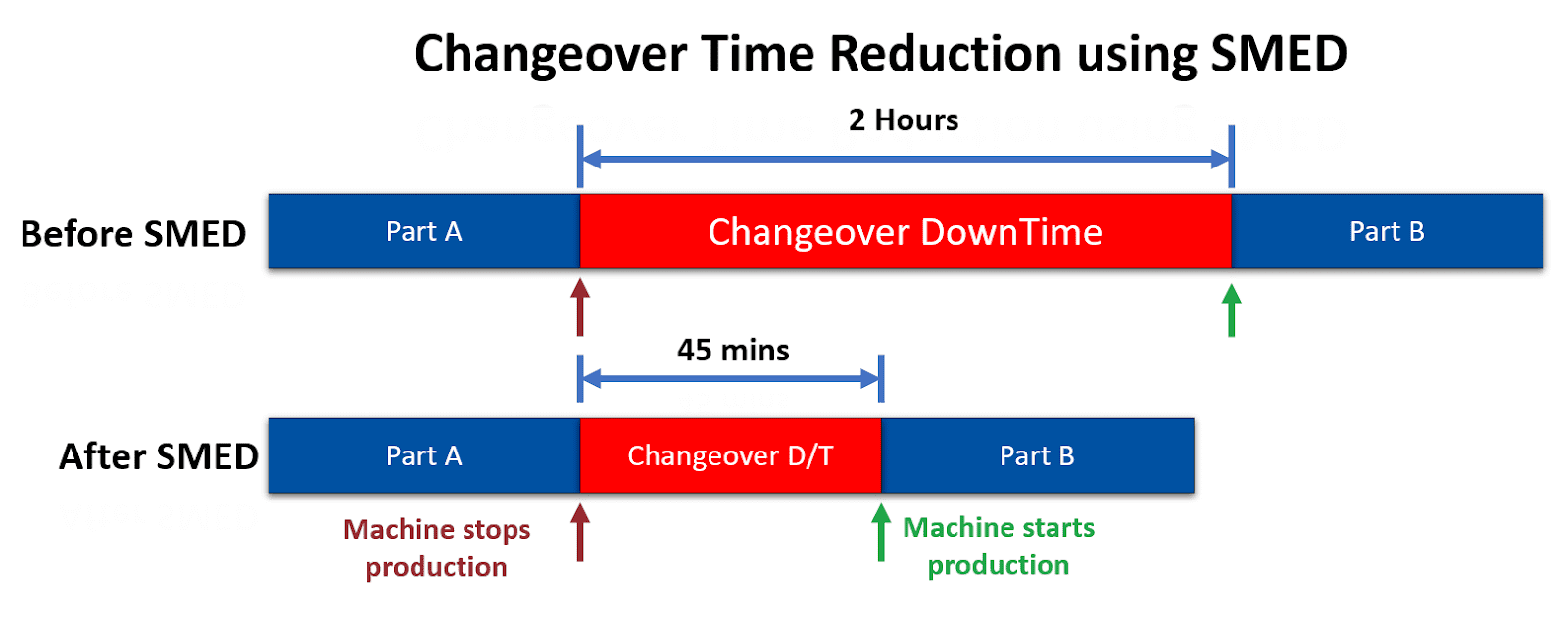Whatever the nature of your business operations, be it a factory, a customer service center, retail store, restaurant, airport or hospital; – “improving” the operations is a major role of a leading operations manager and critical to the long-term success of the organization. But whilst plenty of time and money is often thrown at making “improvements”, the process of deciding “what” to improve and actively prioritizing the many various possible improvement opportunities is sorely missing.
Prefer Video to reading blogs? Watch my video on YouTube:
How to improve your business operations?
When it comes to improving business operations, decisions and prioritization is crucial. With an inevitable near infinite range of potential ideas, deciding which ideas “not” to do is every bit as important. Not because they are not good ideas but because we must consider the opportunity cost of not having the time / money / energy to do other, higher impact actions. This means dedicating effort to the methodical process of assessing the options.
For example, imagine you are the manager in charge of improving a small post-office, and you decide to ask your workforce for suggestions on how to improve your operations. You get hundreds of good ideas from the quick simple convenience fixes, to giant equipment upgrades, procedural changes, tweaks to daily working practices, layout re-organizations, team re-structuring and so on.
While some of these ideas might be bad, most will likely genuinely good for your little post office if they were to happen. However, every single idea comes with a bill attached. They require money, time, managerial oversight new training, and implementation. There is an “opportunity cost” that you have to consider. This is the cost of “not” being able to do the alternative because you spent your money / resources and effort doing something else. You can only implement a limited number of actions / ideas a time, and whichever idea you pick will be at the expense of another. If you’ve spent all your money and effort doing one highly visible and popular—but frankly quite low-impact—improvement, it will be at the expense of a potentially much higher impact one. All too often, resources for improvement get allocated to an idea because it sounds goods, is pet project of a middle manager or reduces someone’s personal inconvenience at work. This is not a good approach!
DISCOVER THE “FORGOTTEN FUNDAMENTALS” OF OPERATIONS MANAGEMENT”
Bringing discipline and methodical rigor to the deliberate process of choosing what to improve and which of the hundreds of improvement ideas to dedicate our effort will make our improvement efforts vastly more impactful. Like many operations management concepts, this is also applicable to your daily life and a good opportunity to think though such choices.
Improving your daily productivity
As an example, at home, let’s say you are trying to create some more free time each day by optimizing some of your daily repeating actions (a wise place to focus compared to the unpredictable and occasional things that also happen). You have to start by being very clear about what you’re trying to improve, evaluating your options, and what you can expect to gain from them while estimating the time, money and effort you might have to invest to implement them.
Whilst we live in a world continuously being marketed products of all kinds including endless gizmos and tools to save time from apps to kitchen gadgets to fast cars. To make the biggest impact we need to be allocating our improvement resources to be doing the things that make a big difference in relation to their cost and difficulty. This will require estimations and evaluations.
Let’s compare two hypothetical options to save you time. On one hand, a car upgrade with a self-closing car door that you pragmatically estimate will save you 1 second every time you use it. So, it saves you maybe two seconds, twice a day, 4 seconds per day which is 24 minutes per year. As for the price, probably an extra $5,000.
On the other hand, designing and implementing a routine and set location for your keys, coat, shoes, wallet, and phone to help reduce the time you spend each week looking for them could be estimated to perhaps save you 5 minutes a week and the pesky headache of looking for them, which adds up to roughly 10 hours per year. As for its implementation costs, it might take you 2 hours and if we crudely equate that time investment to money, it might cost you $200 (if you were to value your time at a healthy $100 / hour)
So, option 1, self-closing car door gizmo – $5,000 for saving 24 minutes of extra time per year. Or option 2, investing $200 of your time to save 10 hours per year.
Not much of a comparison! and I dare say that there are even better return-on-investment time-saving activities out there!…
Consider the Prioritization Matrix and where you might place various improvement ideas.
We seek to prioritize those that deliver high value / high impact for a comparatively low cost in terms of time, money and effort.
Evaluating and Prioritizing Improvement Ideas?
Improving your operations should always be on the agenda, what ever your budget of time and money.
- Decide what you want to improve and how it is to be measured (for another blog post)
- Gather potential improvement ideas, speak with those who understand your situation and seek inspiration form others who have been in similar situations in the past.
- Evaluate those improvement ideas for their value and cost
- Prioritize high value, low-cost activities.
- Go again!
Prefer Video to reading blogs? Watch my video on YouTube:
Crack On!







